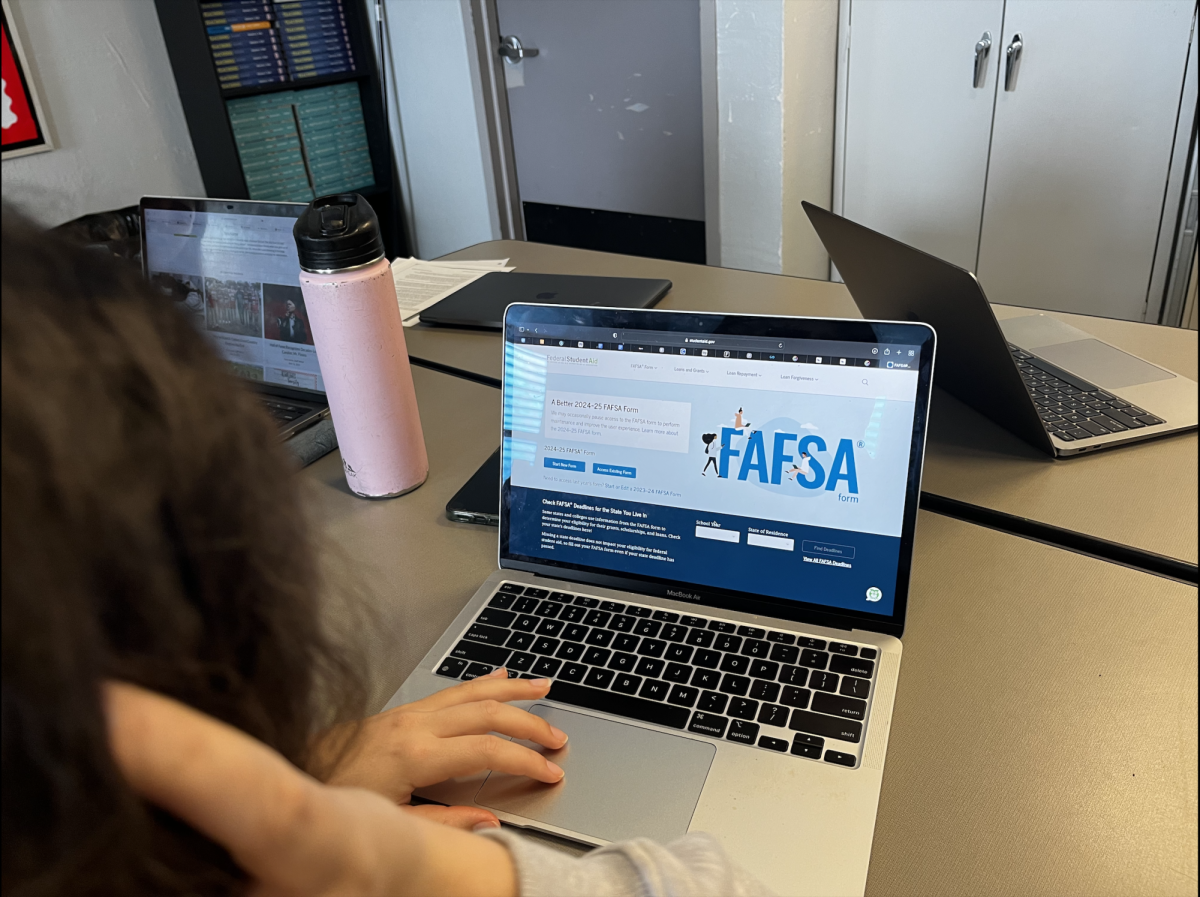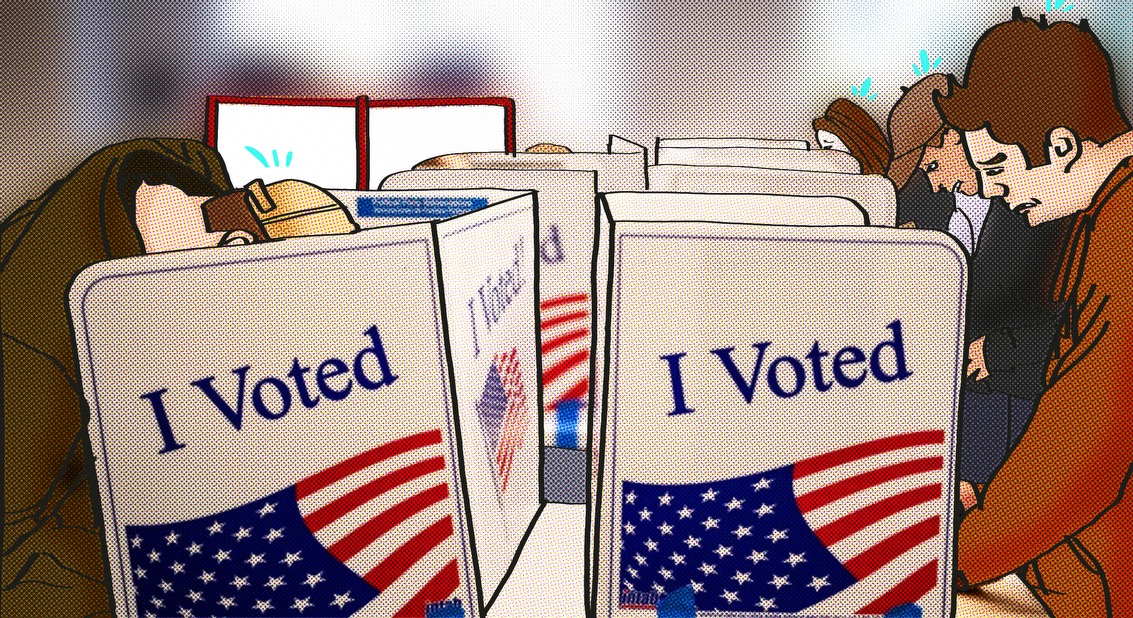Since 1992, the Free Application for Federal Student Aid form has been available to all students seeking college-related financial assistance. Throughout the United States, the FAFSA has become a potential way to aid students who do not have the funding to receive their undergraduate, graduate, or professional degree. This school year, over 17 million students are expected to complete the FAFSA in hopes of receiving financial help. However, on Nov. 30, an error in the system has caused the FAFSA release to be set back and the amount of federal financial aid provided to be lowered.
“The FAFSA is definitely essential to all students. Though some think that they’re not eligible for the program, it’s really the first step of getting any kind of scholarship. It’s really important that students are receiving the correct amount of aid they need and getting an equal opportunity at all the scholarships that are available to them,” College Advisor Ms. Sanz said.
FAFSA, which is administered by Federal Student Aid each year, is normally released on Oct. 1. It provides students with extensive time to submit their FAFSA application before June 30, the due date. This year’s FAFSA’s release date was significantly delayed, as the form was put out on Dec. 30, three months later than usual. The hold-up was a result of an update from prior versions of FAFSA mandated by Congress three years ago.
On Dec. 27, 2020, the Consolidated Appropriations Act was passed by Congress, which led to the redesign of the process used to award federal student aid. One of the major updates with this act was the replacement of the Expected Family Contribution with the Student Aid Index. The EFC was commonly misinterpreted, as students believed it was a determination of the total amount they would be expected to pay for college.
The new system implements the SAI, which clarifies that it is only an eligibility index for student aid. It is used to determine how much federal aid the student would receive if they attended a certain school. While some forms of need-based aid may be more plentiful now with the SAI, other families with several children in school at the same time will qualify for less aid overall, as it does not account for the total number of family members enrolled in college.
Lawmakers informed the Education Department that they were to use a new, more generous formula to protect more of a family’s income from being used to determine financial aid eligibility, making sure to adjust the amount provided with the effects of inflation. However, the SAI index has been created to evaluate the financial resources available for a student without the previous concern for inflation.
The index now relies on the past consumer price index, so it considers that families have more income at their disposal than they most often do. In refusing to modify their financial program, many students will qualify for less student aid in the upcoming 2024-2025 school year.
As salary increases continue, the government will not be correlating its financial aid with increasing prices. Because of inflation, families will receive less financial aid, as the SAI index will determine that their buying power is more than it actually is.
“College is a huge financial burden on students and their families, and FAFSA should be trying to alleviate that as much as possible. Clearly, they’re not taking the necessary steps to do so if they aren’t considering the current economic state of the country. It’s very unfair to students who just want the opportunity to get a higher education but can’t because of financial issues,” senior Eva Bowman said.
Due to the public’s outrage at the FAFSA redesign, the Education Department now appears to be leaning toward making the inflation adjustment sooner rather than later. Though they have not made an official announcement, the department is still assessing its options. They have not yet confirmed or denied if they will move forward with the inflation fix this year.
While continuing to debate how to solve this problem, U.S. officials face a dilemma, as the public calls for them to bring change to the education system.










